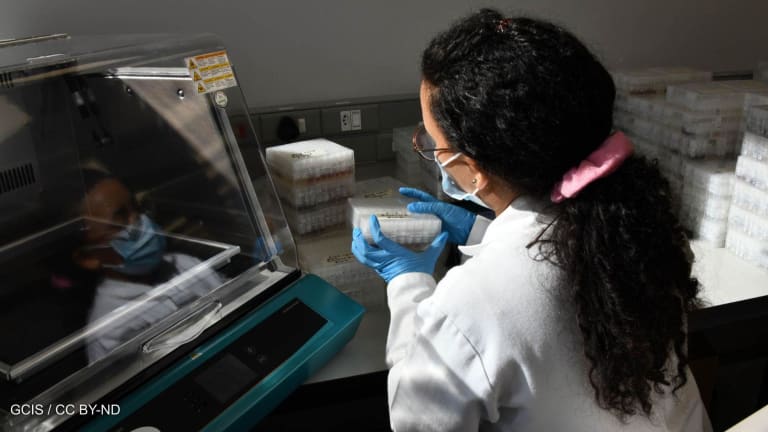In an era of shrinking aid budgets and growing global health demands, the Pandemic Fund is testing a new model of funding, one focused on filling gaps, and increasingly reliant on domestic commitment.
The fund, launched two-and-a-half years ago in response to the COVID-19 pandemic, was created to invest in pandemic prevention, preparedness, and response in low- and middle-income countries. According to its executive head, Priya Basu, the Pandemic Fund is the first and only multilateral financing mechanism focused exclusively on helping these countries get better prepared to contain outbreaks and prevent pandemics from happening. During a Devex event on the sidelines of the 78th World Health Assembly on Thursday, Basu emphasized its “horizontal approach” to health systems strengthening rather than a top-down approach and a “light-touch administrative structure.”
“Low- and middle-income countries, particularly lower-middle- and upper-middle-income countries, have brought a tremendous amount of their own financing,” said Basu, though she noted that a large proportion of that leverage — about $4 of every $7 — came from multilateral development banks. “We would like to grow more because, as we move forward, we really do need to think about sustainability. Aid can help, but our investments are not going to be sustainable if the countries don't come forward with their own resources and commitment.”








